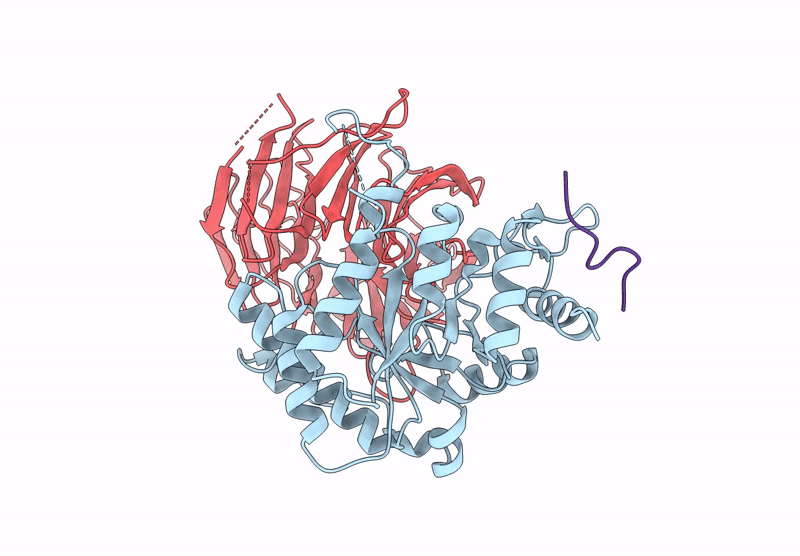
Deposition Date
2024-10-23
Release Date
2025-02-19
Last Version Date
2025-02-19
Entry Detail
PDB ID:
9E3A
Keywords:
Title:
Cryo-EM structure of PRMT5/WDR77 in complex with 6S complex (pICln PBM local refinement)
Biological Source:
Source Organism:
Homo sapiens (Taxon ID: 9606)
Host Organism:
Method Details:
Experimental Method:
Resolution:
3.36 Å
Aggregation State:
PARTICLE
Reconstruction Method:
SINGLE PARTICLE


